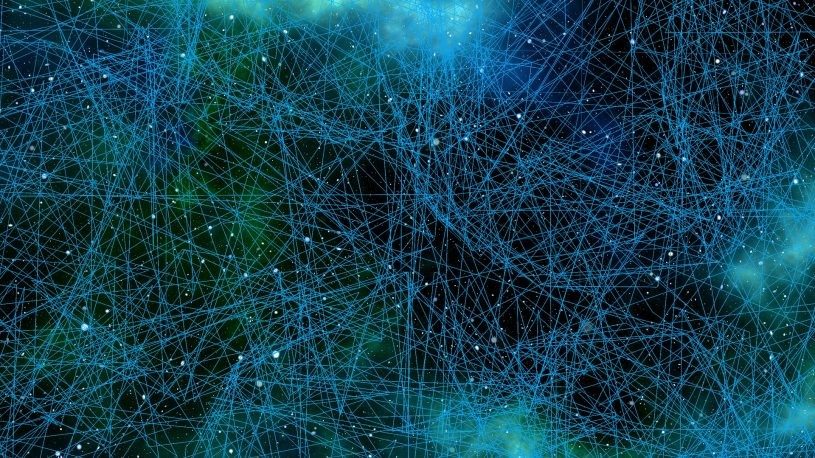
As we noted in our latest blog, the rise of digital transformation accelerated by COVID is here to stay. As organizations prioritize the digitization of more manual processes, like asset management and customer care, enterprise system integration becomes even more critical to workflow organization and quality data procurement.
At Geonexus, we have seen a rise in the number of Utilities organizations leveraging the geospatial capability of Esri ArcGIS technology with SAP’s asset management technology. The combined power of GIS and SAP cannot be overstated—by integrating your organization’s GIS and ERP systems you reduce manual data entry, lower the probability of human error, increase collaboration between field crews and office workers, and ultimately provide faster, more efficient customer service.
So, how can organizations integrate ArcGIS and SAP to fully leverage their combined power? There are a few methods, including SAP’s Process Integration and Process Orchestration (PI/PO) application and the Geonexus Integration Platform (GIP). Read on to learn how they stack up.
SAP PI/PO stands for SAP Process Integration and Process Orchestration. SAP PI/PO is an integration middleware framework that integrates SAP with other SAP systems or with non-SAP systems. SAP PI/PO requires the coding of endpoints and business logic and is a tightly coupled integration approach.
The Geonexus Integration Platform (GIP) is a loosely coupled, commercial off-the-shelf integration solution that connects GIS, Asset Management, and Customer Information Systems, including SAP and Esri ArcGIS. GIP uses a low-code approach, allowing customers to configure their GIS-EAM integrations with ease.
Stay up to date with all things Geonexus!
SAP lacks a robust, out-of-the-box API (i.e., REST). So, integrating with SAP requires some coding—there is no getting around it. SAP PI/PO’s integration method is code-heavy, requiring an SAP developer or an external resource to build specific logic and integration rules for each object; i.e., equipment, functional location, notifications, etc. The Geonexus Integration Platform, on the other hand, builds a generic OData service that works for all equipment and functional locations, reducing the lines of code needed.
Take a water utility, for example. With SAP PI/PO, every time a new type of asset, like a hydrant or valve, needs to be added to the integration, a developer would likely need to build new endpoint code for that equipment. With the Geonexus Integration Platform, new equipment can use the same OData already created during the initial implementation, allowing the organization to adapt to new data and business requirements quicker.
It is no secret that better data leads to better business decisions. That’s why data integrity within your GIS – SAP integration is vital to business success. The Geonexus Integration Platform was architected with data integrity in mind. GIP detects change using a comparison method that identifies creates, deletes, discrepancies, and duplicates every time the synchronization is executed. After syncing, GIP automatically emails data integrity reports in PDF or XML formats to users, allowing organizations to quickly rectify any data quality errors. Plus, GIP has the option to “preview” synchronizations before they happen, allowing you to visualize errors or discrepancies that need to be fixed before the sync is run.
As opposed to GIP’s comparison data integration method, SAP PI/PO utilizes a change propagation technique that relies on messaging from external systems and custom code. This means that though it is possible to dig into the data to check for errors or discrepancies in SAP PI/PO, it can become time and resource intensive. With no out-of-the-box reporting feature alerting users to discrepancies, it could be months before users discover data integrity issues.
It is never too early to start thinking about long-term maintenance and care for your GIS and SAP integration solution. Because SAP lacks a robust, out-of-the-box API and requires coding to integrate, the integration may need more care when compared to other GIS-EAM integrations.
Maintenance with PI/PO is a resource-intensive undertaking. With hundreds of lines of individual code, every time a new equipment type is created, a software version changes, or an error is caught in the data, an organization’s internal developers, IT Team, or their outsourced development team will need to create new code or fix old code. This can quickly become time consuming and costly.
With the Geonexus solution, organizations don’t need to go into SAP to make changes to their integration. GIP’s user-friendly interface allows any member of the team, from SAP business users to GIS team members, to configure the integration by adding new assets, changing integration rules, and more. Additionally, with GIP, organizations can upgrade their GIS software version without the need to re-code their entire integration.
Combining the power of GIS and Asset Management technologies is a game changer for asset-intensive organizations. With the Geonexus Integration Platform, you can connect your GIS and SAP systems in weeks, not months or years. Interested in seeing a demo? Contact us.